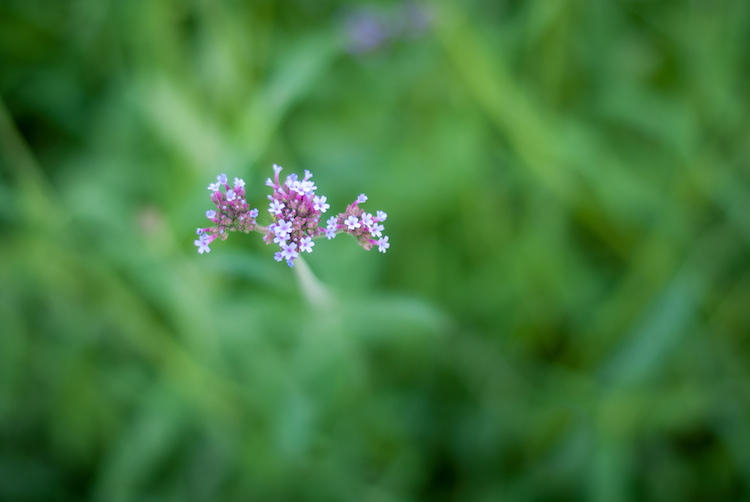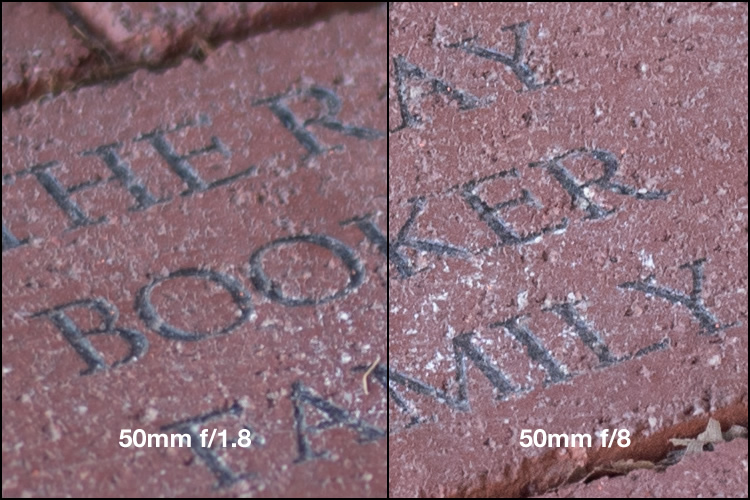100 best lockdown portraits revealed from Duchess of Cambridge’s Hold Still project
 |
Kate Middleton, the Duchess of Cambridge, and the UK’s National Portrait Gallery have put together a digital exhibition of the 100 best portraits taken during the lockdown and submitted to the Hold Still photographic contest. The images, centered around the themes of Helpers and Heroes, Your New Normal and Acts of Kindness, will become a print exhibition later in the year and will tour the UK.
Set up to document aspects of life in England, Scotland, Wales and Northern Ireland during the global coronavirus pandemic, the Hold Still project was launched by the Duchess, a keen photographer herself, in May and was open for entries for six weeks.
Organizers say they received 31,598 entries which were judged by the Duchess alongside the Director of the National Portrait Gallery, a poet, a photographer and the Chief Nursing Officer for England. The judges said they selected the winning images based on the ‘emotions and experiences they convey rather than on their photographic quality or technical expertise’.
We’ve rounded up ten of the 100 images in the following gallery, but for more information and to see all 100 portraits visit the National Portrait Gallery website.
THE DUCHESS OF CAMBRIDGE AND NATIONAL PORTRAIT GALLERY LAUNCH HOLD STILL DIGITAL EXHIBITION
Final 100 images unveiled in landmark community project to create a photographic portrait of the nation
The Duchess of Cambridge and the National Portrait Gallery have today unveiled the Hold Still digital exhibition, featuring one hundred portraits selected from 31,598 submissions during the project’s six-week entry period. Focussed on three core themes – Helpers and Heroes, Your New Normal and Acts of Kindness – the images present a unique record of our shared and individual experiences during this extraordinary period of history, conveying humour and grief, creativity and kindness, tragedy and hope.
Launched by The Duchess of Cambridge and the Gallery in May, Hold Still invited people of all ages, from across the UK to submit a photographic portrait which they had taken during lockdown. The project aimed to capture and document the spirit, the mood, the hopes, the fears and the feelings of the nation as we continued to deal with the coronavirus outbreak.
The Hold Still judging panel included: The Duchess of Cambridge; Nicholas Cullinan, Director of the National Portrait Gallery; Lemn Sissay MBE, writer and poet; Ruth May, Chief Nursing Officer for England and Maryam Wahid, photographer
The panel assessed the images on the emotions and experiences they convey rather than on their photographic quality or technical expertise. The final 100 present a unique and highly personal record of this extraordinary period in our history. From virtual birthday parties, handmade rainbows and community clapping to brave NHS staff, resilient keyworkers and people dealing with illness, isolation and loss. The images convey humour and grief, creativity and kindness, tragedy and hope – expressing and exploring both our shared and individual experiences.
A selection of the photographs featured in the digital exhibition will also be shown in towns and cities across the UK later in the year.
International law firm Taylor Wessing are supporting the Hold Still project in partnership with the National Portrait Gallery. They are long-term supporters of the Gallery and have sponsored the Taylor Wessing Photographic Portrait Prize for the past 12 years.
{/pressrelease}
Making bread
 |
Photographer: James Webb
Location: Colne, Cambridgeshire
This is me and my son Jake making bread together. Baking was something that I enjoyed but didn’t get to do very often. Lockdown gave me the opportunity to bake and enjoy this passion with my children. During this time we started off making flatbreads, cupcakes, muffins and the like, and then moved on to bread. Baking became a daily pleasure we were all able to enjoy together. We’ve continued to bake as a family and my children have enjoyed learning how to knead dough and the process of proving before baking. Making bread has become the new normal in our house and is a hobby now enjoyed by the whole family.
Glass kisses
 |
Photographer: Steph James
Location: Cowfold, West Sussex
My 1-year-old little boy and his 88-year-old great grandma, who miss each other so much at the moment. I captured this beautiful moment between them whilst dropping off groceries. Kisses through glass.
This is what broken looks like
 |
Photographer: Ceri Hayles
Location: Bridgend
This is what broken looks like. This is operating for 3 hours in full PPE. This is dehydration. This is masks that make your ears bleed because the straps have slipped and you daren’t touch them. This is fighting an invisible enemy that becomes more visible each day. This is a face I never thought I’d show the world, but one which I wear more and more. I took this photo to have as a reminder of how far I’d been capable of pushing myself when I needed to. I sent it to my family to tell them what a hard day it had been and they were all so shocked by it. The person they know as being so well put together, always wearing a smile, was not the person they saw that day. Looking back on it now, I feel immensely proud of the commitment shown by myself and my colleagues to provide safe care for patients, even in the depths of a pandemic. We still wear full PPE for all of our cases, and you never get used to it, but I know we’ll keep doing it for as long as it is needed.
Last precious moments
 |
Photographer: Kris Tanyag and Sue Hicks
Location: Chicester, West Sussex
This portrait was taken by Kris, the clinical lead in the care home where Phil lived. Kris took the photograph for Phil’s daughter, Sue who submitted the work. Sue said: ‘As I approached the window my father’s smile lit up the world. Probably belying the fact that he couldn’t really comprehend why, after normally frequent visits and companionship in his twilight years, his daughter hadn’t been allowed to visit for the last three weeks. Easter Saturday 2020 and these precious, intensely emotional moments, will stay with me forever. One week later our wonderful dad, grandad and great grandad passed away peacefully. I can never fully express my gratitude to the carers who, sensing the situation and having looked after my father with love, care and compassion for seven years (as well as my mother for 3 of those years), made those moments possible.’
Kris explains: ‘We devised a plan for Phil to see his daughter Sue via a glass wall and communicate using mobile phones. Hearing our plan gave Phil a burst of energy to go in his wheelchair, hold a muffled conversation, reaching over to put his hand on the glass wall, convinced that he was touching Sue. Struggling to speak but hearing Sue made him so very happy. Their expression of emotion through tearful, smiling eyes and touching hands; the entire conversation was just one amazing moment!’
Funeral heartbreak
 |
Photographer: Bonnie Sapsford and Fiona Grant-MacDonald
Location: Cockermouth, Cumbria
My brother, Barry, lives in the Lake District and could not travel to be with his family when our beloved Gran died of Covid-19 on 3 May 2020. Her cremation took place on 13 May in Edinburgh with only 8 people in attendance – and Barry had to watch it live online – but we were so proud he suitably dressed for the occasion. His wonderful partner, Bonnie took this powerful picture and sent it on to us. The family all missed him greatly and our hearts were shattered at the realisation that our grandmother’s first grandchild could not be with her on her final resting day.
At the end of a shift
 |
Photographer: Neil Palmer
Location: Reading, Berkshire
This is a studio portrait of Tendai, a recovery and anaesthetics nurse, who was born in Zimbabwe, and now lives in my local town – Reading, Berkshire. I wanted to portray her caring side as well as a look of concern and uncertainty that many of us have experienced during this pandemic. It’s why I chose a lower than normal angle and asked her to look off camera, placing her half way down in the frame.
Justin, from the outside in
 |
Photographer: Sara Lincoln
Location: London
Justin didn’t know about my project when I turned up at his window with a camera. I just so happened to be across the road, capturing his daughter Safi and her family, who had volunteered to be a part of my ‘Outside In’ project, which documents my community living life in lockdown, through the window. Safi asked if I wouldn’t mind popping over to capture a frame or two of her father and I am very grateful that I did. It was wonderful meeting this brilliant man albeit through the window. We spoke about this project, his art collection and how he manages to keep his plants so well. We talked about how surreal everything is right now, how the weeks have been for him isolating alone and his plans to jet off to France as soon as this madness is over. He finished up by telling me he had a spot of hay fever… A session that wasn’t meant to happen, happens to be one of my favourites.
We’re really lucky to have a garden
 |
Photographer: Robert Coyle
Location: Sale, Manchester
The weekend is here, lockdown continues and Bernadette and Francis enjoy the garden. One Friday, as I finished emailing at the kitchen table, my wife had taken a chair and a drink outside to enjoy the evening sun. We were doing our best, like the rest of the country, with work, childcare and news of daily death tolls. Our son, had taken to relieving himself on the plants, much to our initial amusement and then slight frustration.
Everyday hero
 |
Photographer: Arnhel de Serra
Location: London
When I drove past Richard I had to do a double-take, as I couldn’t believe he was out on his postman’s round in fancy dress. I asked if I could photograph him, and over a few days we got to know each other. Given the doomsday scenario that the media were portraying in the early days of the COVID-19 pandemic, I felt very strongly that here was a man who had something deeply personal and positive to offer his community. Is it an earth shattering news story? Probably not. As a human interest story however, I feel that his generosity of spirit should be celebrated, and I am delighted that he will be part of this very important project.
Never without her grandma
 |
Photographer: Melanie Lowis
Location: Teddington, London
Millie (5 years old) made a cut out of her much loved grandma (73 years old). Millie sees Grandma almost daily and lockdown prevented the pair from seeing each other. As a retired teacher, Grandma would have made the perfect partner to help Millie with home schooling. The bond between this grandma and granddaughter is truly a special one and when lockdown ends, and the real grandma can return, it will be a very happy and emotional reunion.
Articles: Digital Photography Review (dpreview.com)
















You must be logged in to post a comment.